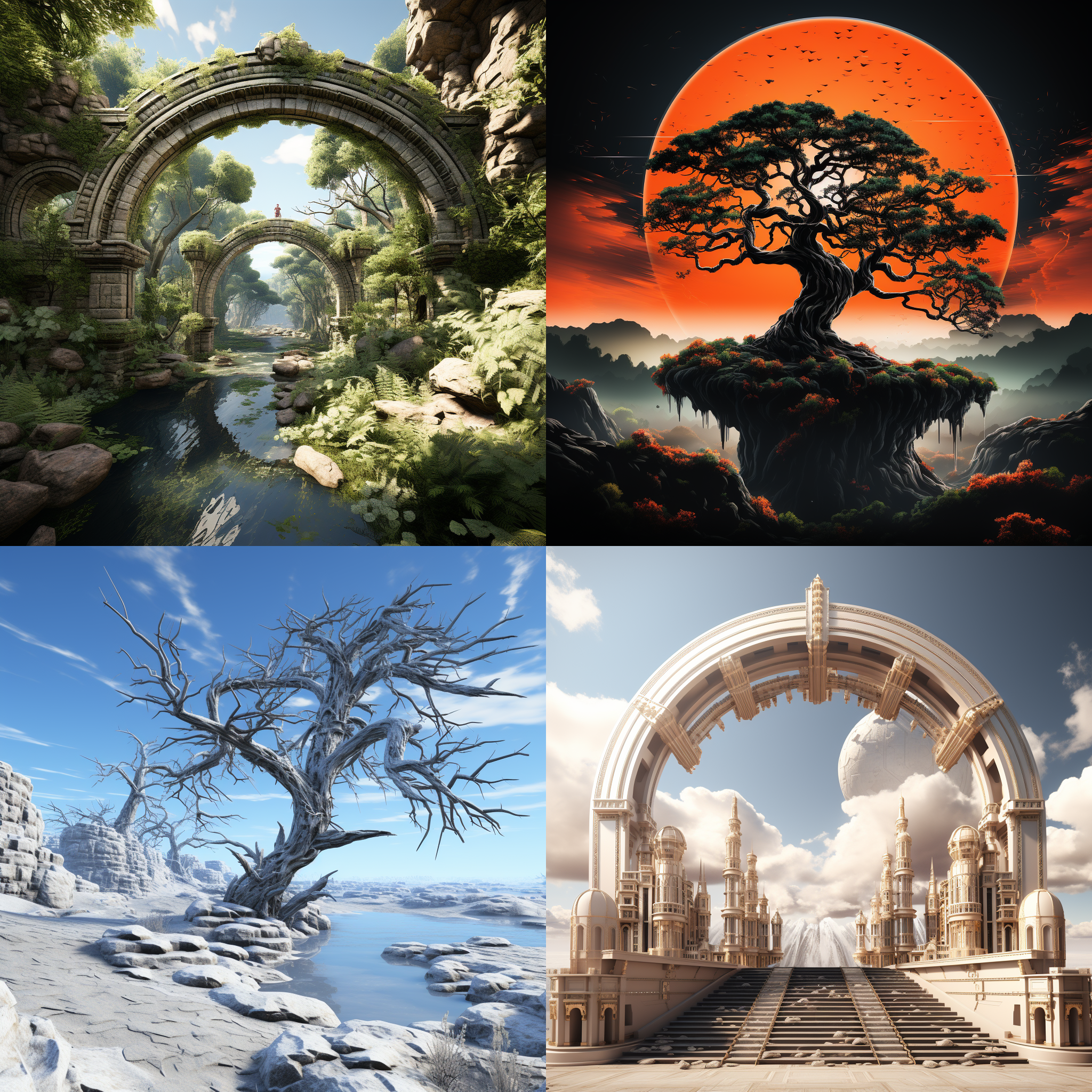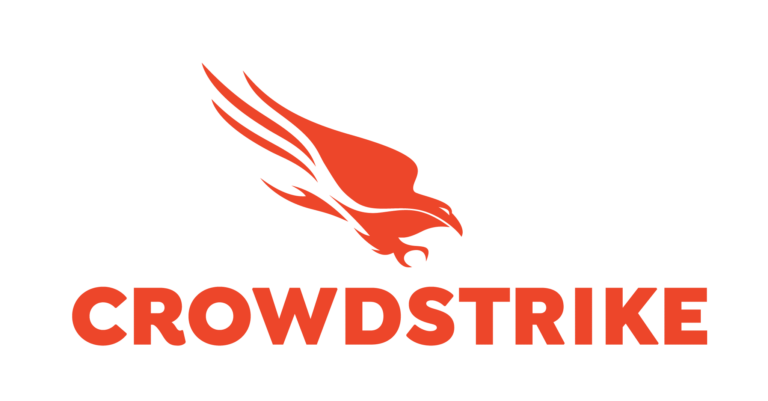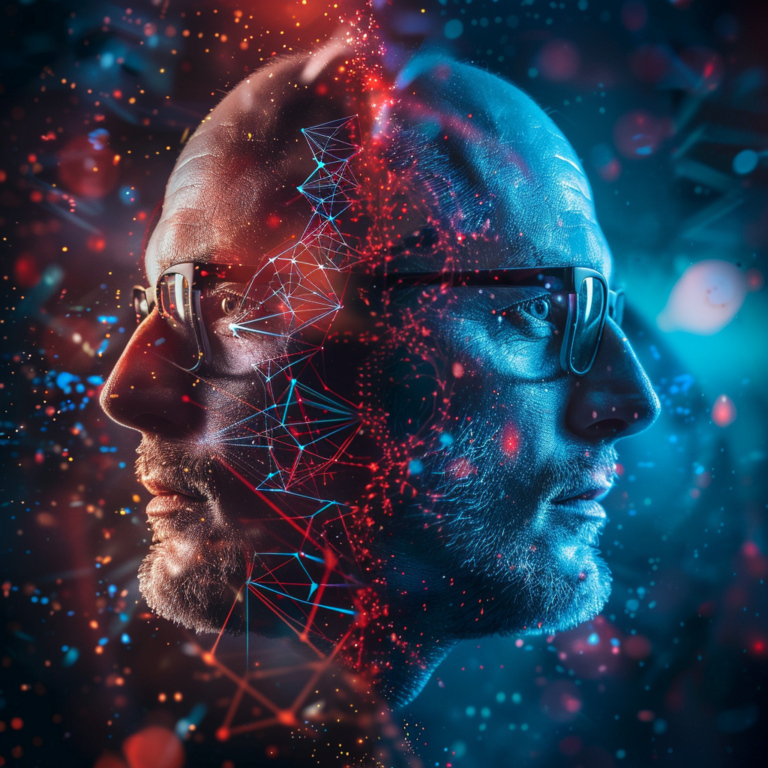Overview
As technology continues to advance, the intersection of art and artificial intelligence is becoming more prevalent. Numerous AI art platforms have emerged, offering users the ability to generate unique artworks or modify existing pieces using machine learning algorithms. While there are countless tools and platforms available, some popular ones include Midjourney, DeepArt, DALL·E, Artbreeder, and DeepDream, among others. Each comes with its own set of advantages and disadvantages, catering to different user needs.
Pros and Cons of Popular AI Art Platforms
These are just a few of the many great art AI engines available. The best engine for you will depend on your specific needs and requirements.
Midjourney excels in its dynamic and personalized art evolution based on user interactions. Its iterative approach fosters continuous artwork refinement from collective inputs. However, the collaborative aspect might occasionally dilute individual visions, and newcomers could face a learning curve to maximize its potential.
DeepArt is known for its capability to transform photos into artworks that resemble famous painting styles. The upside is the high-quality render and ease of use. However, it can sometimes be restrictive, offering limited styles and often requiring high-resolution input images.
DALL·E, developed by OpenAI, is an AI model that creates images from textual descriptions. The platform’s strength lies in its versatility and novelty. Yet, the unpredictability of outputs can sometimes render results that deviate significantly from the user’s intent.
Artbreeder allows users to blend and modify images through simple sliders, essentially “breeding” art. Its advantage is the collaborative nature, where users can iterate upon others’ creations. The downside is that it can sometimes produce images that feel generic or overly morphed.
DeepDream, a tool from Google, uses neural networks to find and enhance patterns in images, often resulting in psychedelic transformations. While it offers a unique visual experience, it can be quite resource-intensive and might not be suitable for all types of artwork.
Here are some additional factors to consider when choosing an art AI engine:
- Price: How much are you willing to spend?
- Features: What features are important to you?
- Ease of use: How easy is it to use the engine?
- Quality: How good are the images generated by the engine?
- Availability: Is the engine available to the public?
The Dual Edges of AI-Generated Digital Art
Utilizing AI for digital art creation comes with its set of pros and cons. On the positive side, AI tools offer rapid creation, a vast array of styles, and often introduce elements of surprise and novelty. They democratize art creation, allowing those without traditional art skills to create visually appealing pieces. However, there are concerns about authenticity, originality, and the potential for oversaturation of similar-looking art in the market. Furthermore, artists who’ve spent years mastering traditional techniques might feel that AI undermines the value of their skills.
The Future of AI Art Generation
The evolution of AI art platforms is a testament to the limitless possibilities that lie at the intersection of technology and creativity. While current tools are impressive, the future holds even more promise. We can anticipate platforms that better understand human emotions, intentions, and aesthetics, leading to more tailored and personalized art outputs. Furthermore, as AI becomes more integrated with augmented reality, virtual reality, and other digital mediums, the art itself might evolve into dynamic, interactive, multi-dimensional experiences.
While AI art platforms challenge our traditional notions of creativity and originality, they offer a plethora of opportunities for both artists and art enthusiasts. The next chapter of digital artistry, driven by AI, is poised to be transformative, blurring the lines between the creator and the tool, reality and imagination.
- Pros:
- Can generate high-quality and realistic images from text descriptions.
- Easy to use.
- Affordable.
- Cons:
- Can be expensive to use for commercial purposes.
- Not yet available to the public.
- Can sometimes generate inaccurate or misleading images.
- Pros:
- Can generate creative and abstract images from text descriptions.
- Easy to use.
- Free to use for personal use.
- Cons:
- Can be inconsistent in quality.
- Not as powerful as some other art AI engines.
- Can sometimes generate inaccurate or misleading images.
- Pros:
- Can generate a variety of different art styles, including realistic, abstract, and cartoon.
- Easy to use.
- Affordable.
- Cons:
- Can be slow to generate images.
- Not as powerful as some other art AI engines.
- Can sometimes generate inaccurate or misleading images.
- Pros:
- Can generate realistic images of people, animals, and objects.
- Easy to use.
- Affordable.
- Cons:
- Can be difficult to get the desired results.
- Not as powerful as some other art AI engines.
- Can sometimes generate inaccurate or misleading images.
- Pros:
- Can generate psychedelic and abstract images from text descriptions.
- Easy to use.
- Free to use.
- Cons:
- Can be inconsistent in quality.
- Not as powerful as some other art AI engines.
- Can sometimes generate inaccurate or misleading images.




